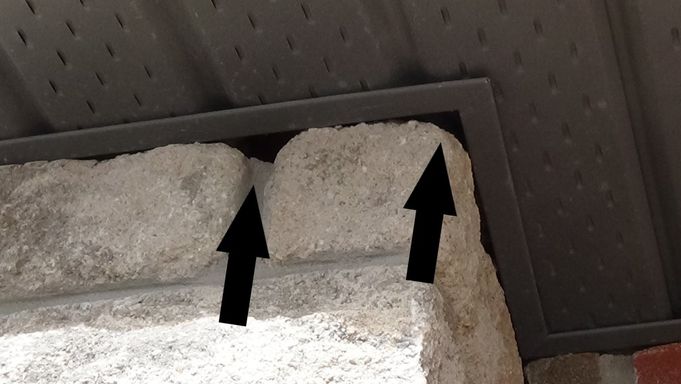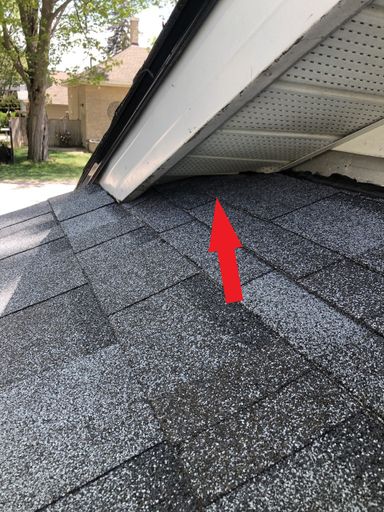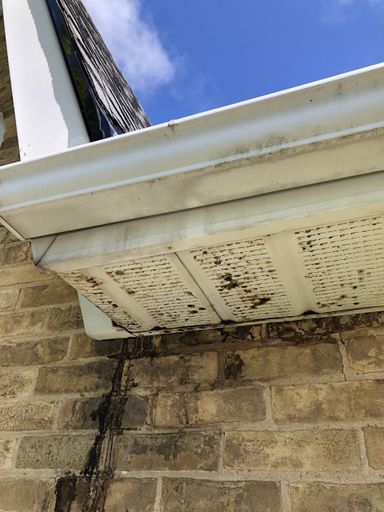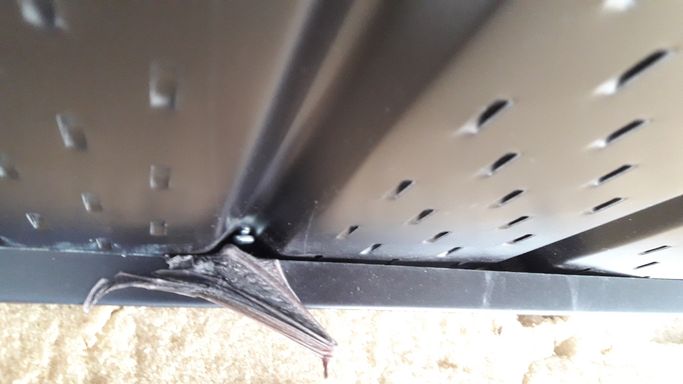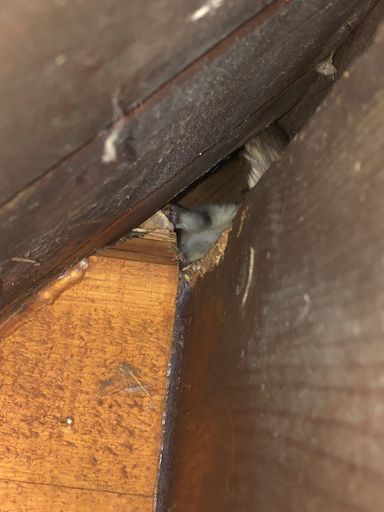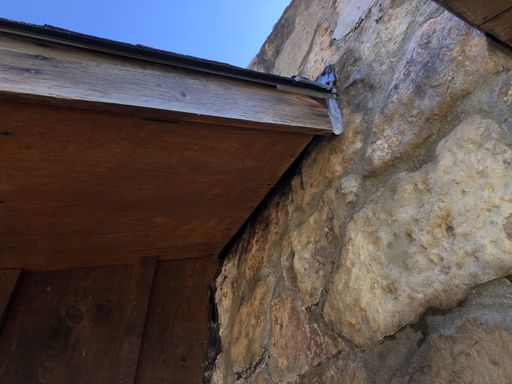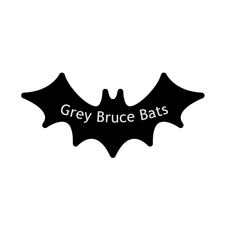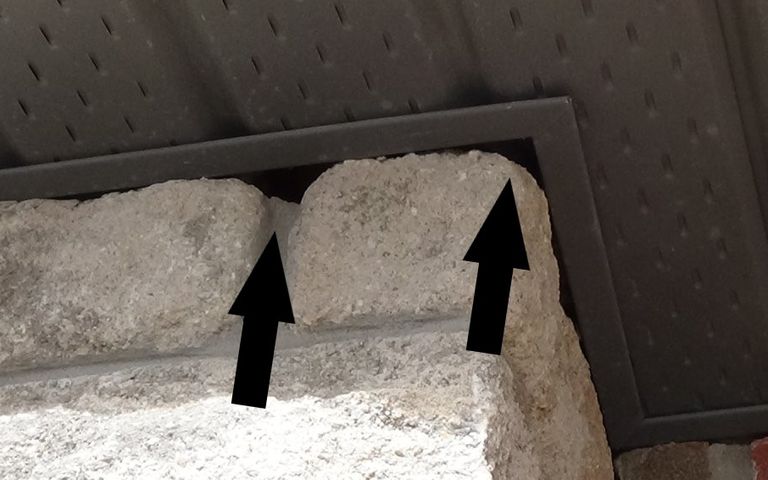
5 Typical Steps
- Identify where the bats are entering/exiting the structure
- Install one-way devices to allow the bats to leave humanely
- Seal up any other holes with our sealant to ensure the bats can't get in anywhere else
- Give the bats ample time to leave the structure through the "exit chutes"
- Remove the exit chutes and fill in the holes
Humane
One thing that people don't realize is that bats are great for the environment. That's why we take extra care not to hurt any, and provide them with the best chance to relocate with our exit chutes.
Quality Service
Being a family-based business, we know what it's like to deal with big companies that only seem to care about your money. That's why we take the time to explain the whole process to our customers, and make sure that you're satisfied with the end product.
Experienced
Having been dealing with bats for the past 12 years, we understand the habits and behaviors of bats. That's why we can make a quick and efficient inspection of your house and know exactly where the problem is, and deal with it promptly.
A Little More In-Depth
Bat removal & bat proofing can be a very daunting task, as many do-it-yourselfers realize halfway through. It may be explained in 5 steps, however there's a lot more work that goes into it. Depending on the size of the house, there could be 4, 8, 12, or more spots of entry! We first must inspect the structure and identify these spots. However, before we can seal up the spots we know the bats are using, we need to close up other holes first. Holes that bats could get into once we've closed up their main entry/exit (bats can get into anything the size of a dime, so we have to pay special attention to make sure we don't miss anything!). Once we're sure we've sealed up all of the smaller holes that bats could get into, we need to give them a way to get out. That's where the exit chutes come in. We install the exit shoots where we know the bats have been entering/exiting, because they are most familiar with that exit point and will use it, even if a foreign (to them) object is there. We leave the exit chutes up for a while to ensure all of the bats have left, come back and remove the chutes, and seal up the holes. Then the process is done!
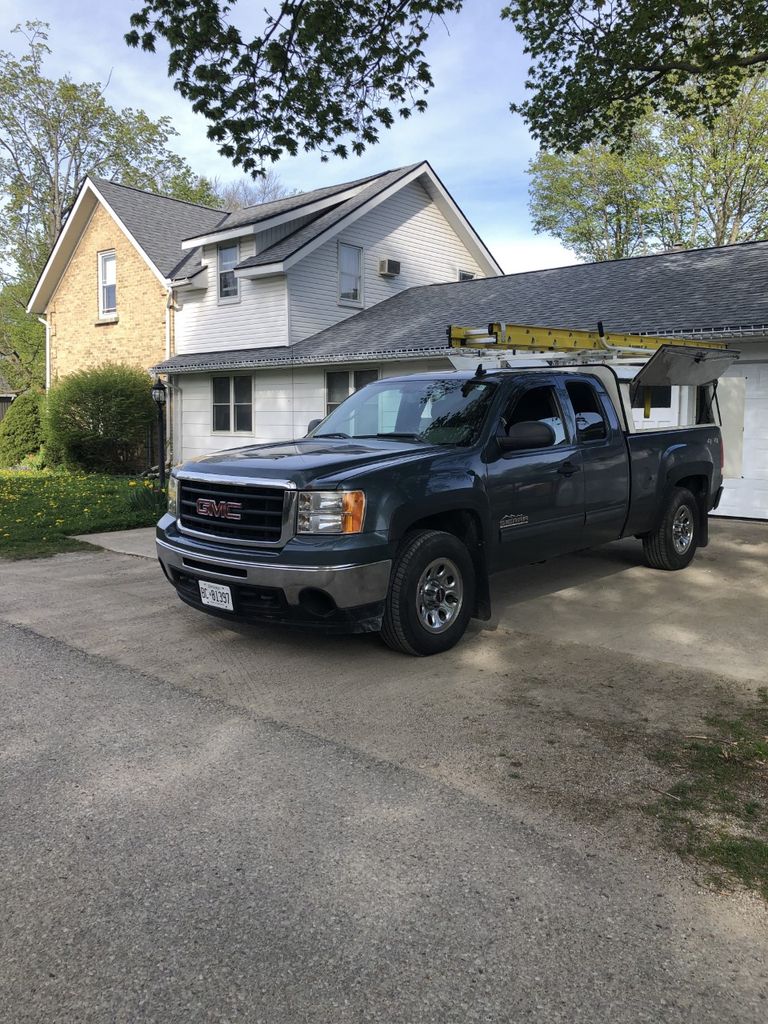
Examples
Below are some great examples of where bats' entry/exit spots could be. Click on the pictures for more information!
Have a listen to these bats in a house in Southampton
Or these bats in a log cabin in Holstein
We need your consent to load the translations
We use a third-party service to translate the website content that may collect data about your activity. Please review the details in the privacy policy and accept the service to view the translations.

